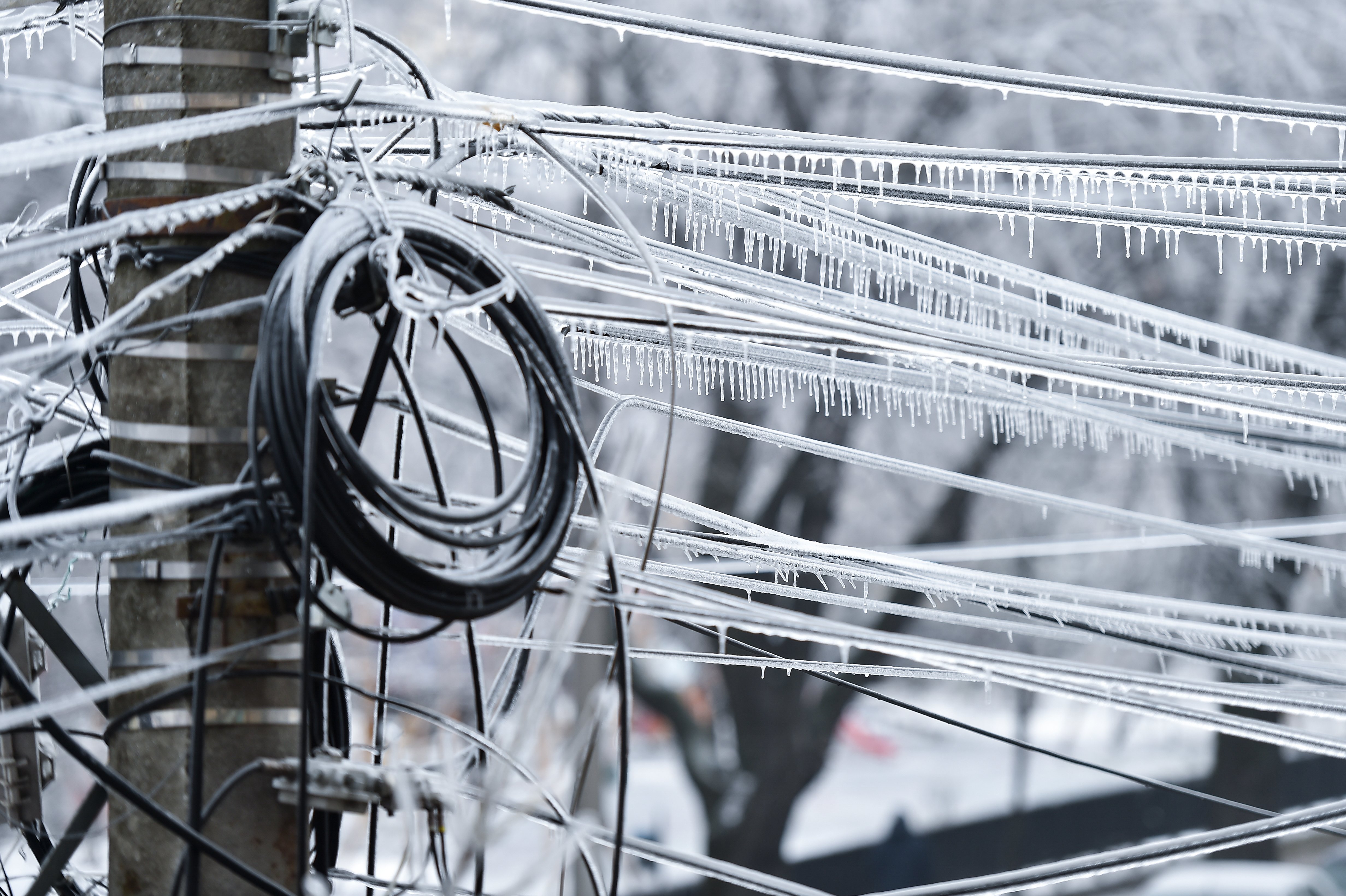The following is an excerpt from our 5 Problems Data Can Solve for Utilities (And 1 Problem It Can’t Solve) ebook. You can access the full report here.
THE Problem
The Washington Post calls the U.S. electric infrastructure "an aging dinosaur that sorely needs an upgrade." The average installed transmission base is 40 years old, and more than a quarter of the grid is at least 50 years old.
Joshua D. Rhodes, a Postdoctoral Researcher of Energy at the University of Texas at Austin, estimates that the current value of the U.S. electric grid is roughly $1.5 to $2 trillion. “To replace it would cost almost $5 trillion. That means the U.S. electric infrastructure, which already contains trillions of dollars of sunk capital, will soon need significant ongoing investment just to keep things the way they are,” he writes in The Conversation. “In fact, the American Society of Civil Engineers just gave the entire energy infrastructure a barely passing grade of D+.”
Utilities are taking action to modernize the grid, and to do that they need data to help them determine what needs to be done and which areas to prioritize. And outdated data is keeping modernization efforts from being as fast and thorough as they could be.
“A lot of the infrastructure was constructed back in the 50s and 60s, and database management back then wasn't what it is now,” says Patrick Mills, Director of Data Services at PrecisionHawk. “It's not so much that the data is inaccurate, per se, because maybe at one point, it was very accurate. It's just dated.” In fact, a recent survey conducted by Utility Dive for PrecisionHawk revealed that 38% of utilities report being “negatively surprised” by an asset’s condition during routine inspections.

THE Data Fix
For a utility to implement an effective modernization program, it needs to know what assets it has, where they’re located, and their condition. New GIS data solutions let utilities quickly collect information, compare the data against their existing asset management system, and update the system with correct data where needed.
The next step, once the data is corrected, is to analyze that data to figure out the best grid-modernization actions to take. The new solutions not only collect and correct data—they use machine learning (ML) and artificial intelligence (AI) to automatically process, analyze, and translate that data into real-world action.
This process has the additional benefit of lowering costs. “Implementing effective asset maintenance and management, driven by current data that you can really trust, can reduce operational expenses by as much as one-third,” says David Groarke, Managing Director of Indigo Advisory Group. “That’s money utilities can use to make their future grids even better.”
Download our ebook, 5 Problems Data Can Solve for Utilities (And 1 Problem It Can’t Solve), to learn how you can improve your utility with data.




